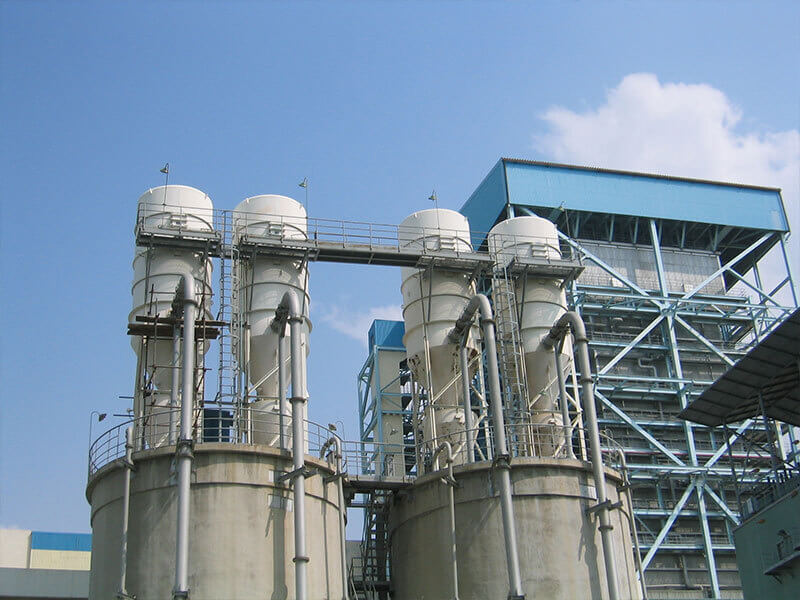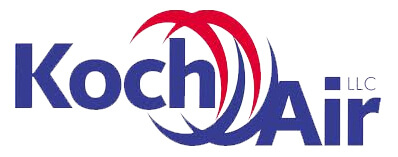Coal-fired power plants depend on fly ash and bottom ash handling systems for managing the byproducts of coal combustion. Fly ash, a fine particulate, and bottom ash, a heavier residue, need to be efficiently collected, transported, and disposed of to minimize environmental impact and meet regulatory standards.
Lathrop Trotter is proud to partner with UCC Environmental to offer the widest selection of fly ash handling, bottom ash handling, and multi-pollutant control systems available, including dry sorbent injection and activated carbon injection.
Every UCC Environmental dry sorbent injection, activated carbon injection, and ash handling system is engineered to meet the unique criteria of an individual power plant. Designs are based on customer specification, laboratory test data, UCC Environmental design standards, and proven experience.
Industrial applications include:
- Cement
- Steel
- Glass
- Lime Handling
- Chemicals/Petrochemicals
- Engineered Plastics
- Waste-to-Energy
UCC Environmental Ash Handling Solutions
UCC Environmental (UCC) is a global leader in environmental solutions and replacement parts for solids handling, wastewater treatment, and air pollution control technologies in power generation, mining, steel, and other heavy industrial markets.
Pressure Conveying Ash Handling Systems
- Handle and move larger quantities of ash over a longer distance
- Both dilute phase and dense phase conveying technologies
- Capable of capacities of 200 tph over distances exceeding 8,000 ft (2,400 M) in a single conveyor
Vacuum Material Transfer Systems
- NUVEYOR® Dry Vacuum transfer System is the industry standard for efficient and reliable ash removal and handling
- Capacities up to 100 tph and distances up to 1,500 ft (500 M) are possible with vacuum conveying technology
Vacuum-Pressure Transfer Systems
- Combination vacuum/pressure fly ash handling system
- Simplicity and lower headroom of a vacuum system
- High capacity; long distance conveying capability of a positive pressure system
Pneumatic Systems
- Dry bottom ash handling systems using pneumatic technology
- Eliminates the need for water, while reducing unburned carbon and maintenance costs
Mechanical Systems
- Over 100 mechanical bottom ash systems worldwide
- Proven industry leader for performance and reliability
Hydraulic Systems
- Hydraulic sluice systems for bottom ash handling
- Transport abrasive bottom ash to a collection pond
Vibratory Systems
- Superior heat recovery, higher reliability
- Lower installed cost, less maintenance
Ash Conveyor
- Assist in the transfer of ash from one system to another
Public and governmental environmental concerns and regulations have changed the operation of coal-fired power generating stations. Extensive testing of ashes have identified that fuel switching and boiler modifications result in ash characteristics significantly different than experienced when the plants were originally designed.
- UCC has assisted many utilities and their consulting engineers in evaluating the power stations and implementing solutions for the specific needs of that installation
- Multiple options for addressing plant needs and correctly sizing systems for the different types of ash produced
- Wet-to-dry system options for fly ash and bottom ash systems
Economizer hoppers capture large particles of ash before they leave the boiler.
Pneumatic Ash Handling Systems
- Economical choice for transporting economizer ash – especially if an existing dry pneumatic system is installed at the plant
- Systems can typically be extended to convey ash from the collection hoppers or dry storage tank to the existing storage silo
Mechanical Ash Systems
- New boiler installations are normally designed for continuous ash removal from the boiler hoppers using a Dry Flight Conveyor (DFC)
- DFCs can be installed in series to allow boiler ashes to discharge directly into the bottom ash conveyor or can discharge into a storage tank
Oil burning boilers produce a light weight, high carbon soot which precipitates to the pneumatic fly ash collection hoppers. The ash temperature must be maintained so it remains free-flowing and the ash must be continuously moved from the hoppers to the storage bin.
DEPAC Oil Ash Pressure System
- The higher material to air ratio helps to maintain temperature and particle flow
- Continuous, automatic operation (fill, pressurize, discharge, convey) to prevent ash buildup
- Low energy consumption
- Proven performance and reliability with over 100 tallations worldwide.
- DEPAC Oil Ash systems are designed to run continuously 24/7
- Small diameter conveying pipe allows easy pipe routing for design flexibility
- Controlled low velocity conveying minimizing abrasion on tanks, valves and piping
Nearly 1,000 UCC Environmental mill reject handling installations have conveyed millions of tons of iron pyrites, rocks, tramp metal and other material from coal pulverizers.
Performance Specs:
- Can run intermittently or continuously
- Flexible design and multiple sized jet pulsion pumps to fit under pulverizer allowing for short or long distance conveying
- Can discharge to SFC’s, dewatering bins or storage bunker
- Can be designed to accommodate coal mill trips or sudden shutdown
Mechanical, pneumatic and combination systems are available to ensure optimal performance specific to individual plant needs and customer preference.
Mechanical System (DFC™)
- Often the best choice for fluidized bed ash where headroom is restricted under the boiler.
- Continuous removal, requiring no water and much less horsepower over hydraulic or pneumatic system
- Designed for continuous ash removal through
Pneumatic Systems
- A NUVEYOR® vacuum system – the simplest secondary system to install and a cost-effective solution ensuring proper ash suspension through conveying lines to the silo
- A NUVA FEEDER® dilute phase pressure system – the preferred method of transport where higher conveying capacities and longer conveying distances are required
UCC Environmental Silo Unloading systems are designed to unload ash efficiently and cost effectively. Dry ash unloading is typical when the fly ash is sold and recycled.
Performance Specs:
UCC ash feed intake valves are designed in-house for long-life, dependable service and easy maintenance.
- Precisely controlled ash feed rate into the mixer/unloader is specific to each plant and based on material testing of physical and chemical characteristics
- Precise water spray (location and volume) prevents dusty or muddy ash providing complete and uniform wetting
- Corrosion resistant mixing chamber ensures long wear life
- Dust capture and venting features are used on dry unloading systems to minimize particulate emissionsMixer/Unloader dome top provides for easy inspection and access
- Adjustable volumetric capacity; multiple paddle positions for better correlation of capacity, mixing performance and start-up torque
- Long lasting, self-adjusting packing-type shaft seals eliminating the need to tighten packing glands manually
Biomass is a viable source of renewable energy that can reduce energy consumption and greenhouse gas and other emissions in coal-fired boilers. UCC Environmental has decades of experience and over 100+ installations in wood-fired boiler applications, as well as a comprehensive understanding of how inert gas purging decreases oxygen in the silo to minimize the chance of deflagration.
- Designed with explosion relief construction or blowout panels to minimize damage should an ignition occur causing high internal pressures within the silo.
- Reliable pneumatic and mechanical conveying systems of biomass ash
- Fuel receiving and conveying systems designed to handle a variety of biomass materials, from wood chips, pellets, shavings, and bark, to waste, grains and grain products
- Can be designed to accept material from tipper trucks, walking floor trailers or rail cars, using an above grade or below ground intake hopper / feeder
- Designed using a variety of equipment, including pneumatic conveyors, drag chain conveyors, belt conveyors, pan conveyors, screw conveyors, and bucket elevators





